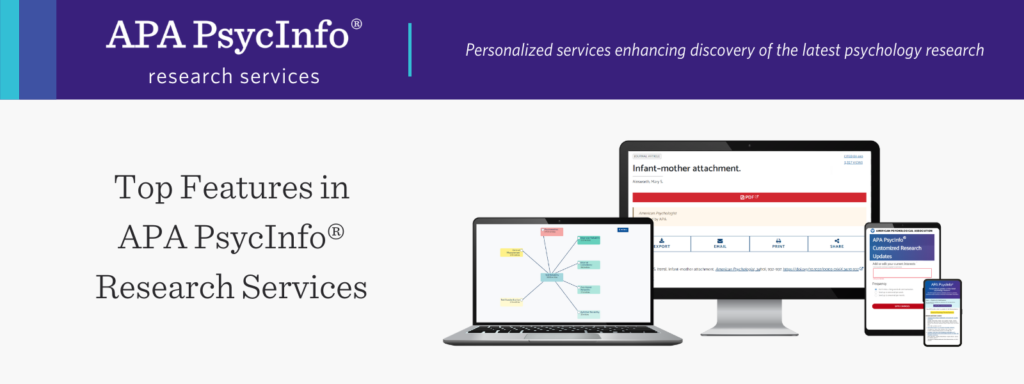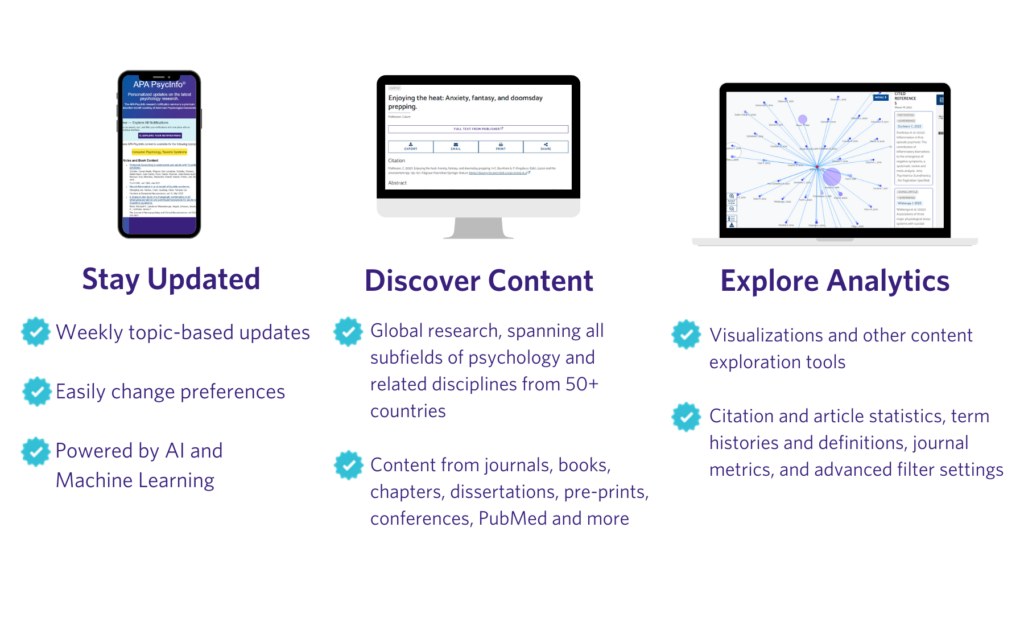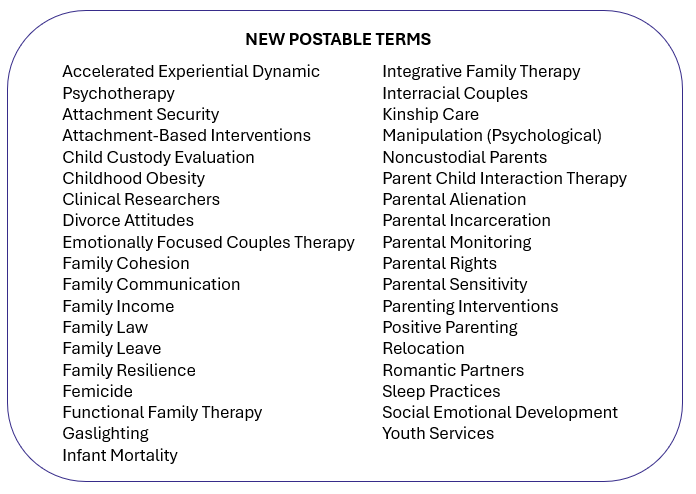
APA PsycInfo research services are fully responsive on any device.
Think of APA PsycInfo research services as your personal psychology research assistant.
Your institution’s subscription to APA PsycInfo provides courtesy access to a suite of complimentary, premium features to aid the search process. Leveraging artificial intelligence and machine learning, these services support students, researchers, and faculty as they monitor the latest research trends, explore analytics, and personalize content discovery—all within the most trusted index of psychological science in the world.
Read on for an overview of the main features within APA PsycInfo research services, and tips on using its many discovery tools.
Continue reading




